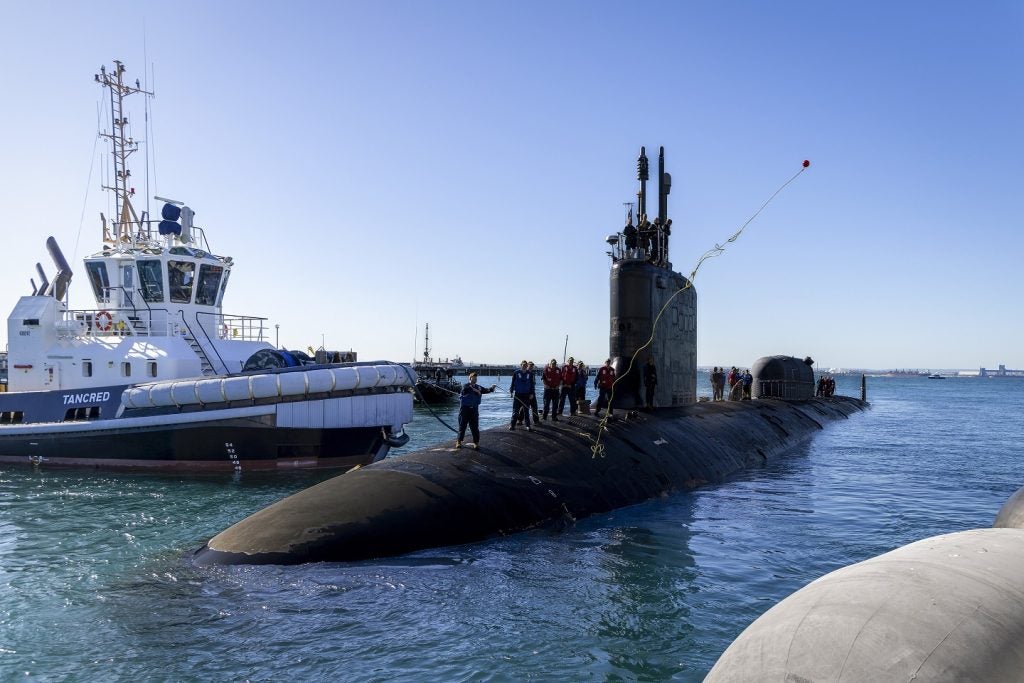
The US Navy’s Lockheed Martin-built fifth mobile user objective system (MUOS) satellite has successfully completed its integration phase, marking the beginning of first system test.
Recently, engineers and technicians have integrated system module and core to the multi-beam assembly (MBA), which comprises 16 ultra-high frequency (UHF) antennas for distributed, global communications coverage.
Lockheed Martin Narrowband Communications vice-president, Iris Bombelyn, said that the company’s fifth MUOS satellite is 20% ahead of schedule when compared to previous build.
How well do you really know your competitors?
Access the most comprehensive Company Profiles on the market, powered by GlobalData. Save hours of research. Gain competitive edge.

Thank you!
Your download email will arrive shortly
Not ready to buy yet? Download a free sample
We are confident about the unique quality of our Company Profiles. However, we want you to make the most beneficial decision for your business, so we offer a free sample that you can download by submitting the below form
By GlobalData"We are continuously improving our manufacturing, test, launch and orbit operations to best serve the US Navy and users that need secure, mobile voice and data communications," Bombelyn said.
Lockheed is the prime contractor and system integrator, while the US Navy’s Program Executive Office for Space Systems and its Communications Satellite Program Office are responsible for the MUOS programme.
See Also:
A next-generation narrowband tactical satellite communications system, MUOS has been designed to provide enhanced communications for troops on the movewhile replacing existing ultra-high-frequency follow-on (UFO) system.
The MUOS-1 satellite is providing legacy payload voice calls at full-capacity on-orbit and has also demonstrated mobile data and voice transmissions using advanced payload.
Four ground stations will be located at the Australian Defence Satellite Communications Station in Kojarane, the Naval Radio Transmitter Facility (NRTF) in Niscemi, Italy, and south-east Virginia, and the Naval Computer and Telecommunications Area Master Station Pacific in Hawaii to support the satellites.
The MUOS constellation comprises four satellites and an on-orbit spare, as well as four ground stations, to provide users with worldwide coverage and the ability to connect anywhere.
The MUOS constellation is scheduled to achieve full operational capability in 2015 while extending narrowband availability beyond 2025.
Image: technicians work on the MUOS satellite. Photo: courtesy of Lockheed Martin Corporation.








